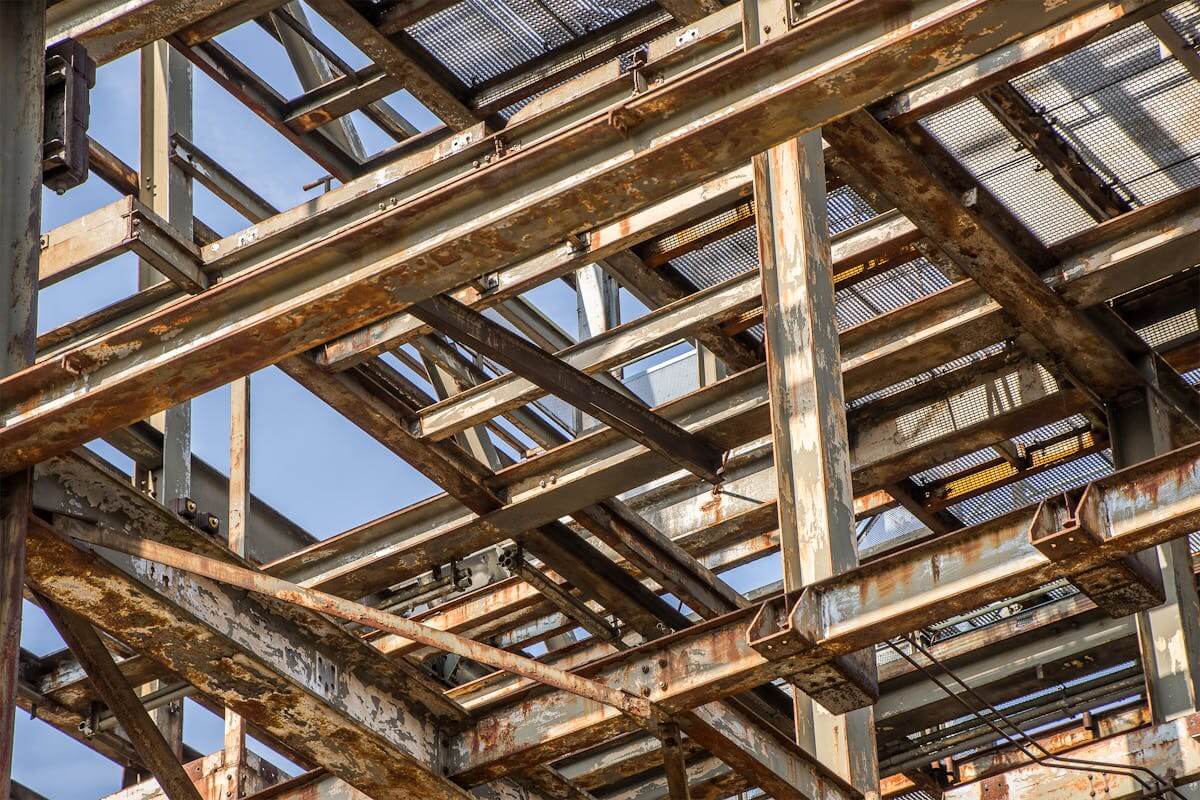 Parallel flange channels (PFCs) are a very commonly used structural support element in building and construction. Because of the important role that they play in helping to ensure that buildings remain structurally sound, it is crucial to ensure that they are well-maintained and protected from corrosion to ensure their longevity and structural integrity. In this post, we take a closer look at some of the steps that you can take to better care for the PFCs in your building or structure.
Parallel flange channels (PFCs) are a very commonly used structural support element in building and construction. Because of the important role that they play in helping to ensure that buildings remain structurally sound, it is crucial to ensure that they are well-maintained and protected from corrosion to ensure their longevity and structural integrity. In this post, we take a closer look at some of the steps that you can take to better care for the PFCs in your building or structure.
Understanding Corrosion in Steel
In order to effectively prevent corrosion of your PFCs, it is crucial for you to start by understanding the causes of corrosion in steel. Corrosion is a general term that can be used to refer to a variety of different processes that degrade the quality of steel. Some common types of corrosion and their typical causes include:
- Uniform Corrosion: Uniform corrosion occurs when large areas of steel corrode evenly after being exposed to corrosive environments such as moisture or acidic conditions.
- Pitting Corrosion: Pitting corrosion is a highly localised form of corrosion that usually takes the form of small holes or pits in the metal. This is most commonly caused by exposure to saltwater or other corrosive substances.
- Intergranular Corrosion: If the grain boundaries of the metal are not properly welded together or are improperly treated with heat, this can lead to the metal being weakened internally without any visible signs on the surface.
Protecting PFCs from Corrosion
There are several strategies that you can adopt to help you protect your PFCs from corrosion, such as:
Hot Dip Galvanisation
Galvanising steel PFCs through hot-dip galvanisation involves applying a layer of zinc on top of the steel. The zinc creates a protective layer that shields the underlying steel from being exposed to moisture, oxygen and other corrosive elements that can cause the steel to deteriorate. This can significantly extend the lifespan of the steel PFC.
Regular Inspections
Inspecting your PFCs regularly can help you identify early signs of corrosion or wear on your PFCs. This enables you to perform spot repairs or restoration while the affected area is still small. This can also help you identify any environmental factors that may be leading to recurring corrosion.
Ensuring Proper Drainage
By ensuring proper drainage around your PFCs, you can minimise the amount of moisture that they are exposed. In doing so, you can reduce the moisture related corrosion risks faced by your steel PFCs.
Get Your Steel from RW Steel
If your steel PFCs are corroded to the point of requiring significant repairs or replacement, RW Steel has you covered. We are the number one supplier and retailer of steel and steel products in Melbourne, and our extensive catalogue includes 100PFC, 150PFC, 200PFC22.9 and various other specifications for parallel flange channels. Contact us today to find out more about how we can help you with all your steel needs.